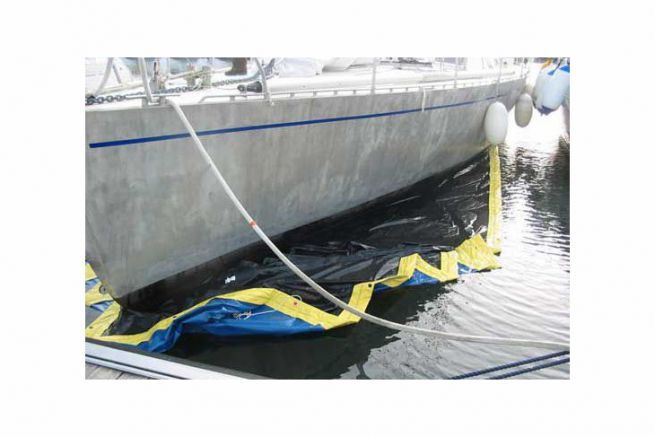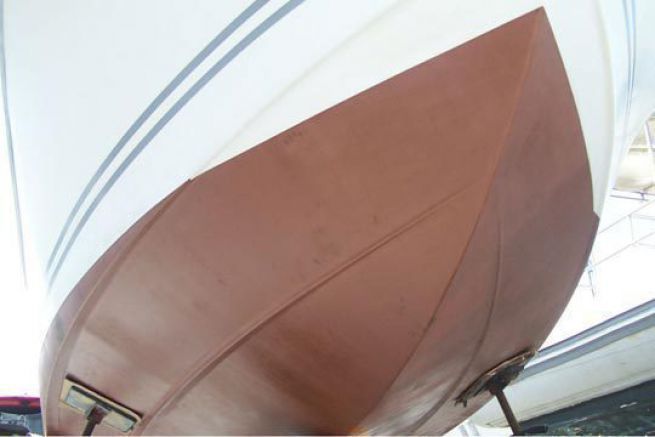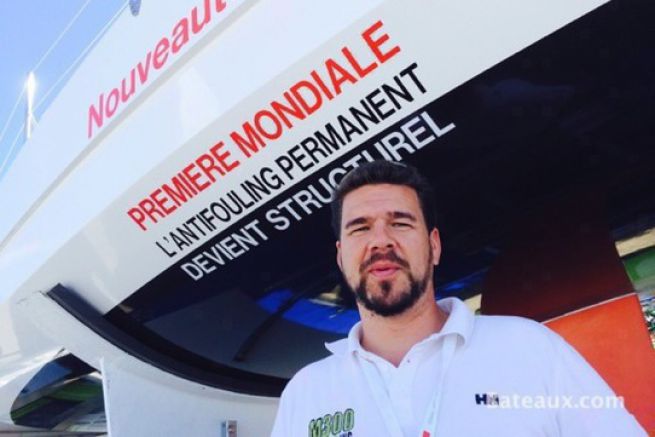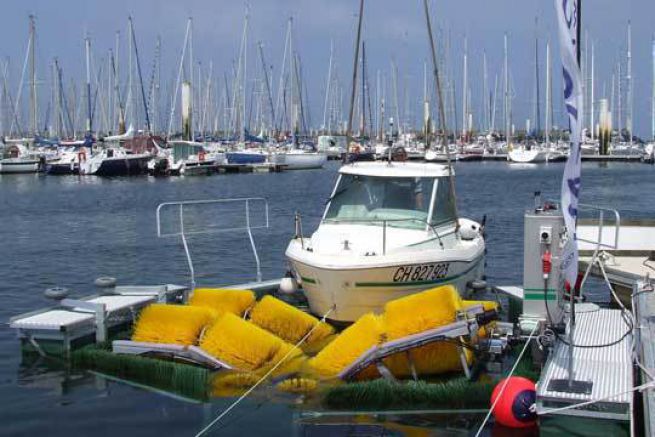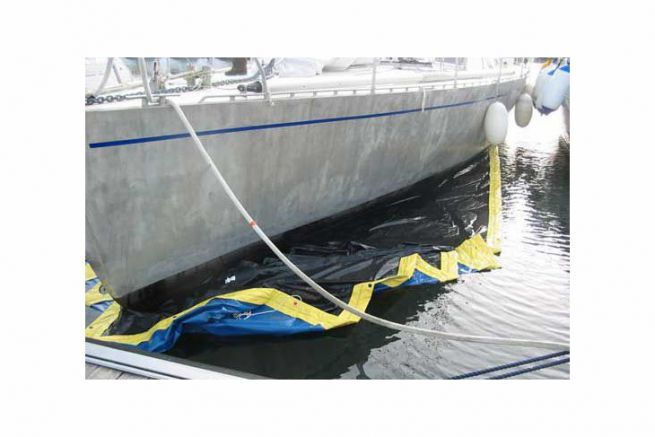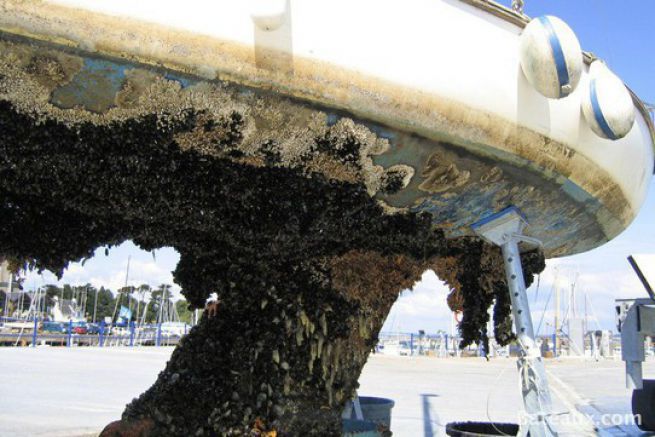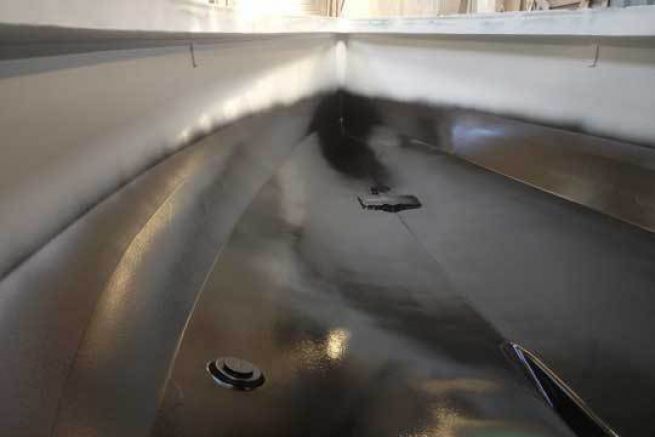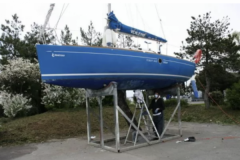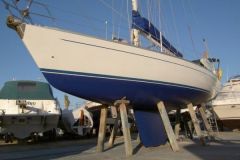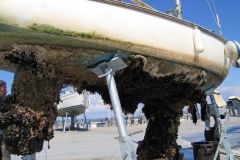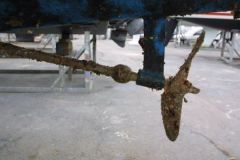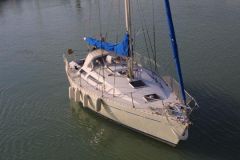To prevent life from developing under its hull, simply plunge it into darkness and limit water exchange. Without light and stagnant water, there's no life! This is the solution recommended by Parefouling, a film that covers the hull of your boat.
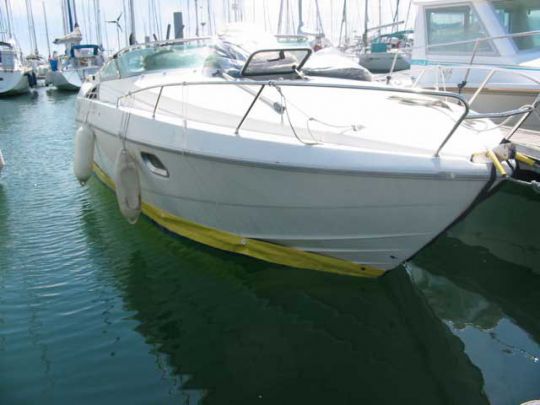
More than just a tarpaulin, Parefouling is a lightweight, buoyant fabric. Lighter than water, it sticks to the hull and blocks the development of fauna and flora. No need to take the boat out of the water to scrub it. Stuck between the film and the hull, in stagnant, confined water and in the absence of light, micro-organisms die out.
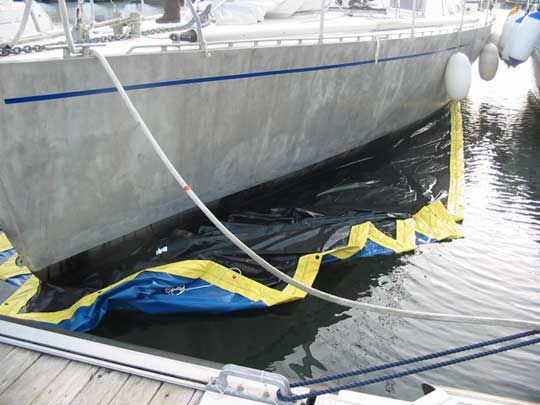
Of course, the outer blue side of the fabric is subject to fouling. But an anti-fouling treatment on the fabric makes it easy to clean with a brush and a jet of water. It should be noted that dirt on the outside of the film is not harmful to the environment, since it is only organic waste.
Installing a tarpaulin on a boat requires a bit of hand-holding, but can easily be done by one person (2 is easier). Installation begins at the bow. The weighted stern of the tarpaulin sinks. Simply pull the fabric towards the stern of the boat to swaddle it. The yellow bladder on each side of the fabric incorporates floats to keep it level with the waterline.
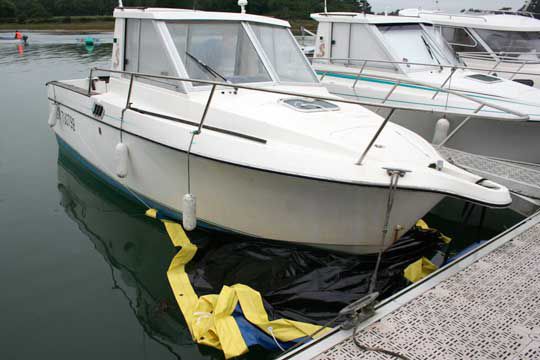
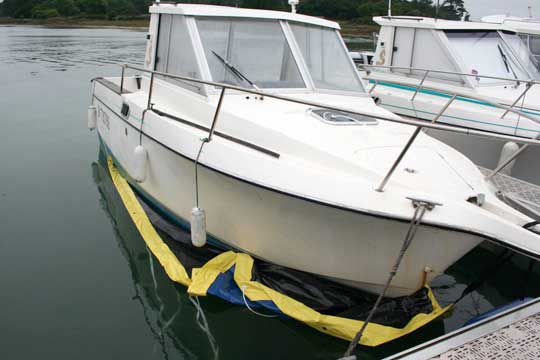
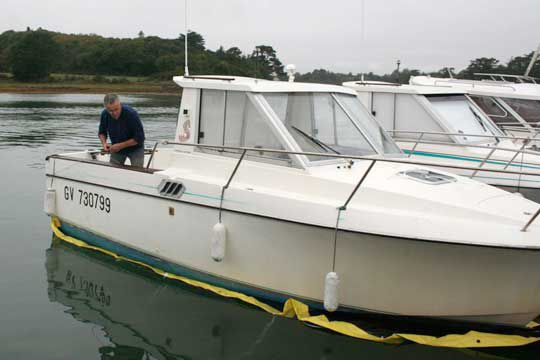
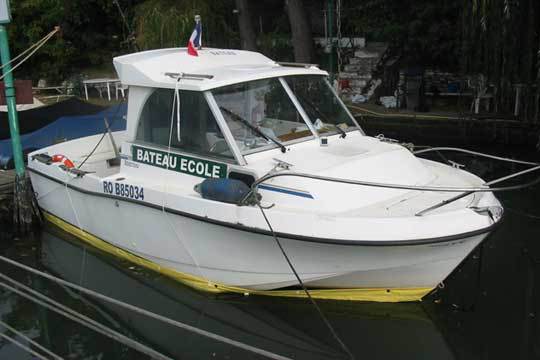
This product is well suited to motorboats. For sailboats, only models with lifting keels can be fitted. Each Parefouling is individually manufactured to suit the boat (according to its characteristics and the various docking points). This installation is not intended for rough waters (anchoring, harbors with currents, beaching...). There's a risk of the film tearing if water gets inside.
Its designer, Gérard Le Buzit, doesn't think his product is suitable for a hull without antifouling. Even if the product could work on a hull without any antifouling, he recommends using Parefouling on a recent antifouling. The difference is that with Parefouling, the antifouling lasts for several years (at least 5).
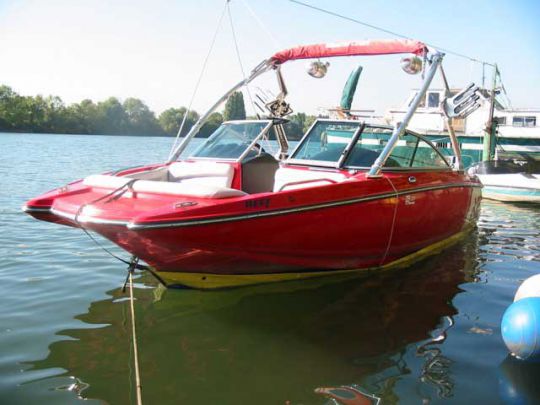
The film may look nice and clean in photos, but you can only imagine what it will be like after a few seasons in the water. It will be irreparably dirty and greasy, like everything else in the harbor. Handling and storage - what to do while sailing - will be far more problematic... But that's the price of having a clean hull for every sail.
In use, Parefouling is installed at the end of the season when the boat is immobilized for the winter, and removed for periods of use. The product is not really suitable for a yachtsman who goes out every day without any downtime. Putting the film in place and putting it away is a real hassle.
Prices range from ?650 for a 6-m boat to ?1300 for a 10-m unit. The lifespan of the film is given as 5 years, but may be longer if care is taken (to avoid tears during installation, for example). A sum to be put into perspective with the antifouling paint applications saved...
